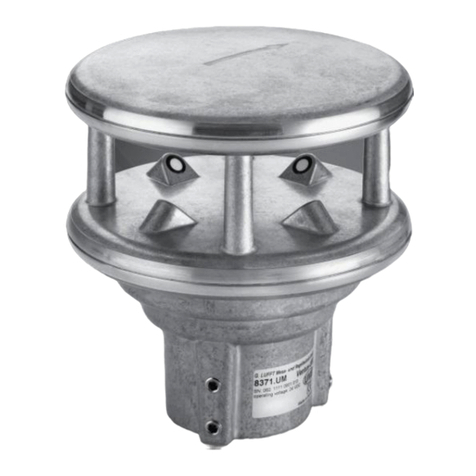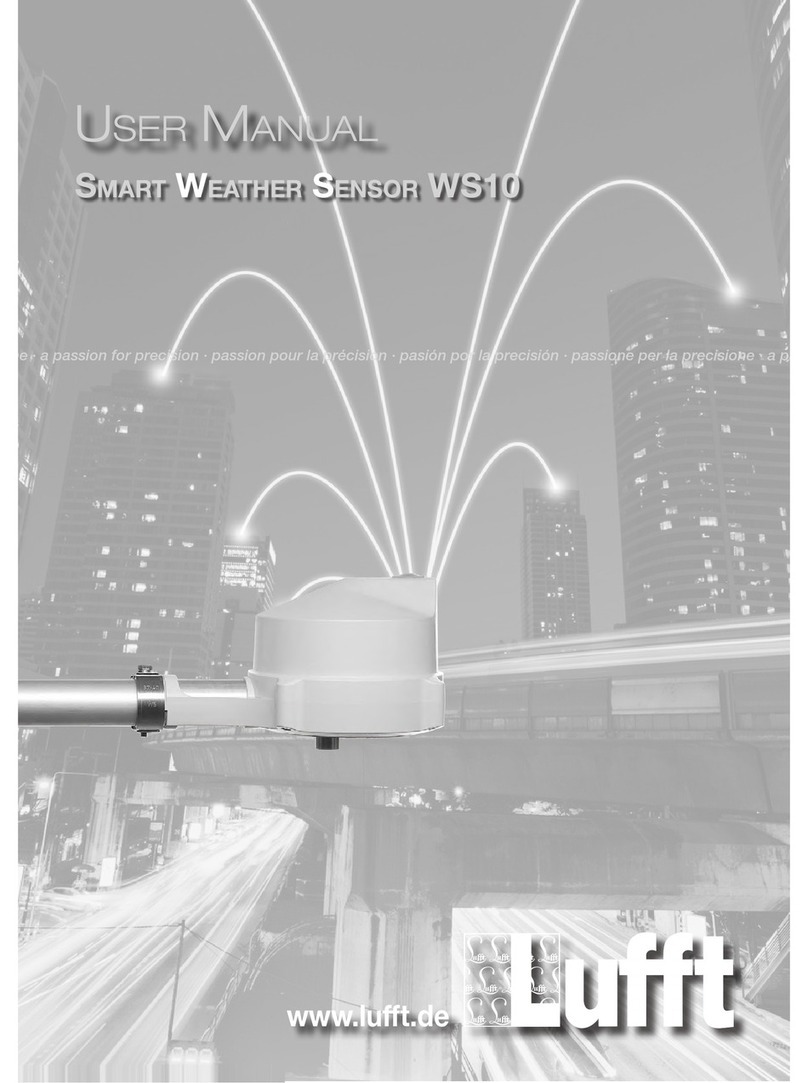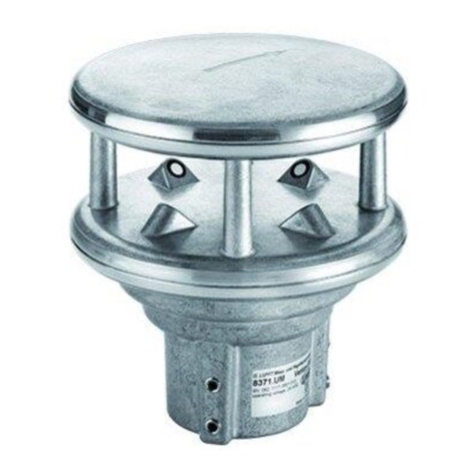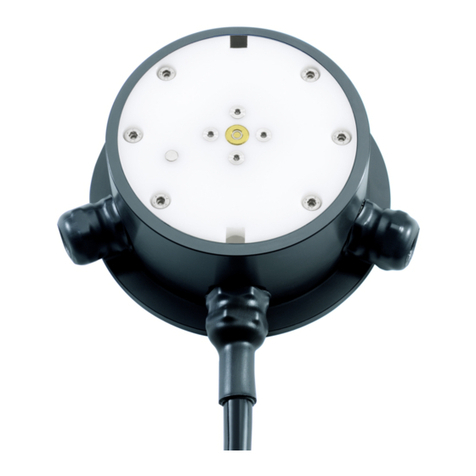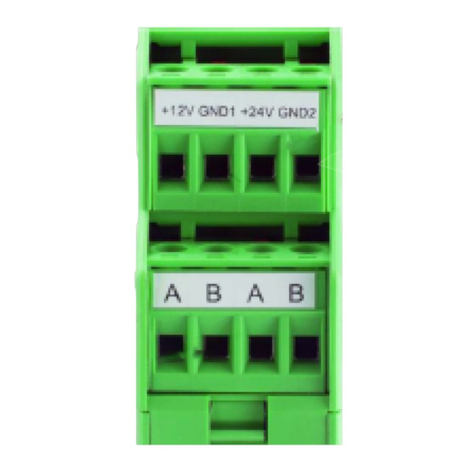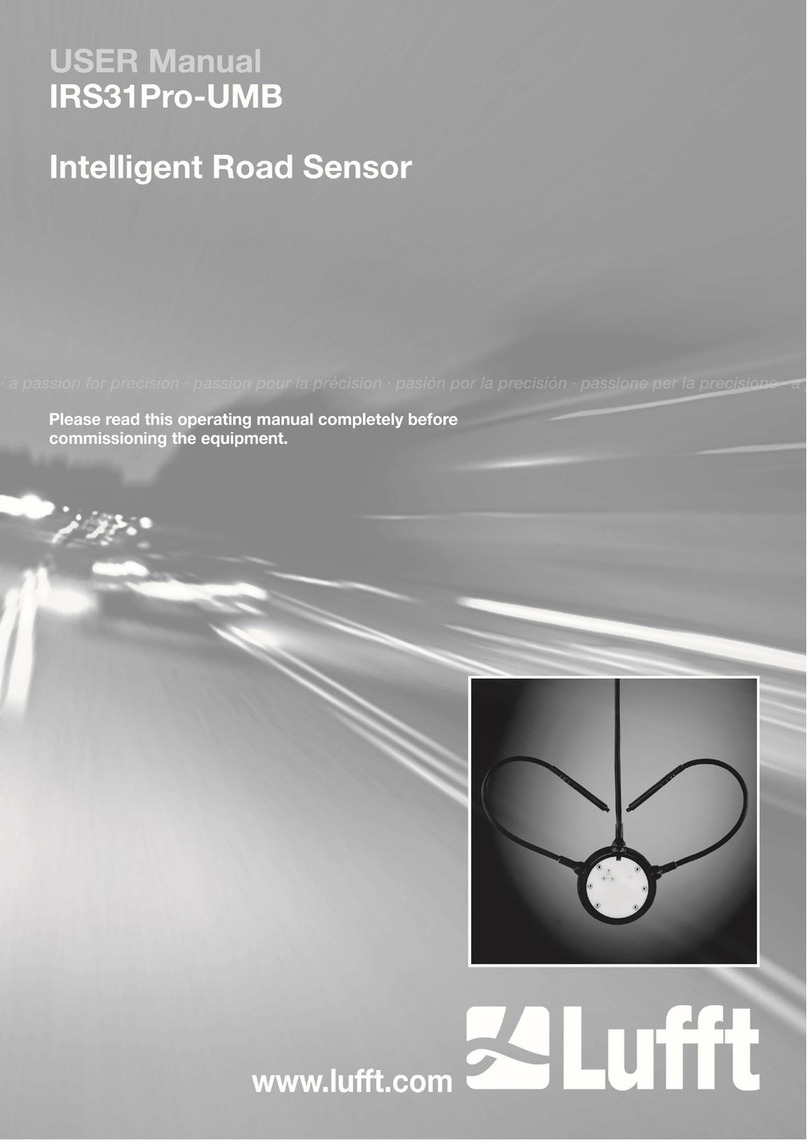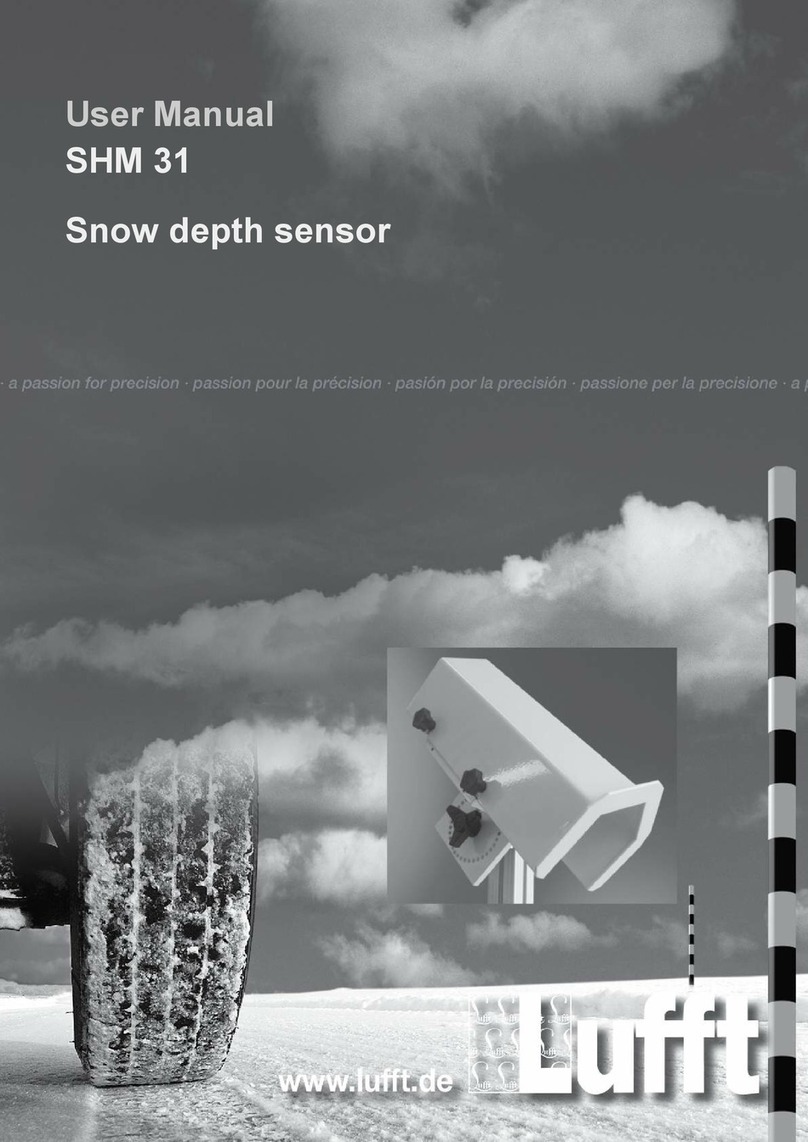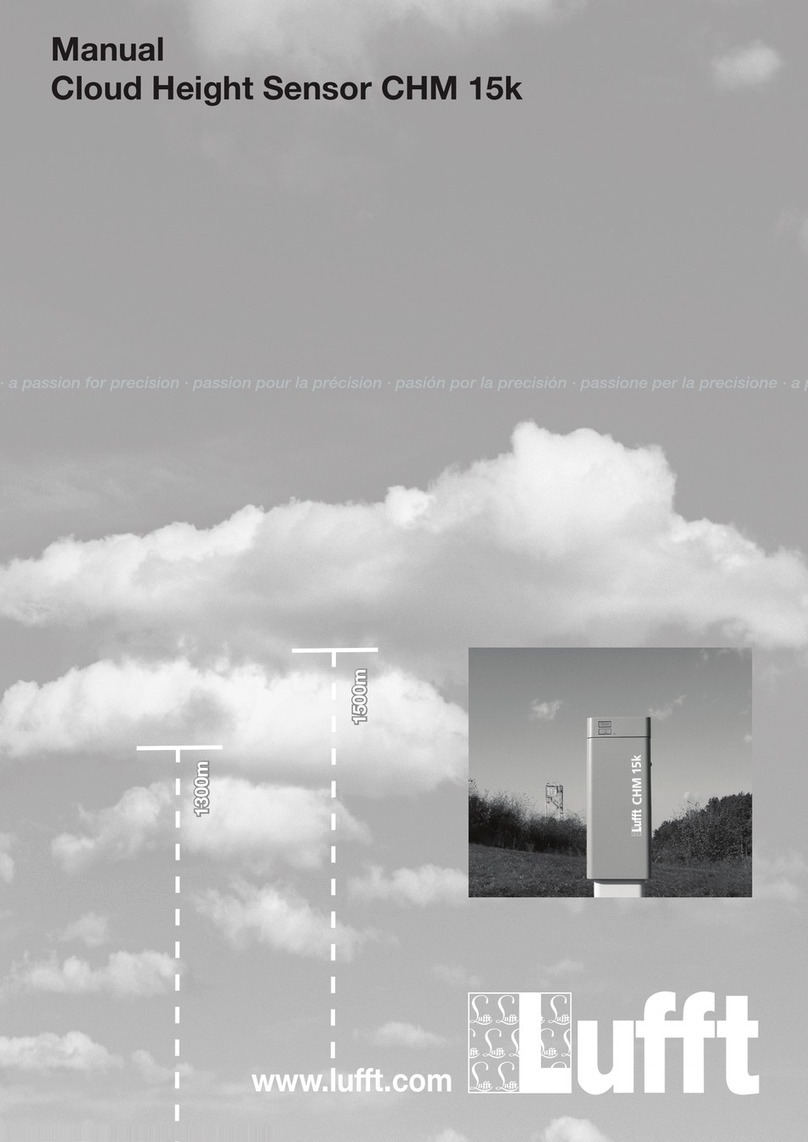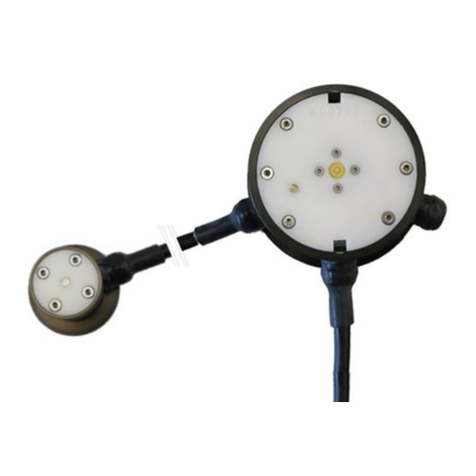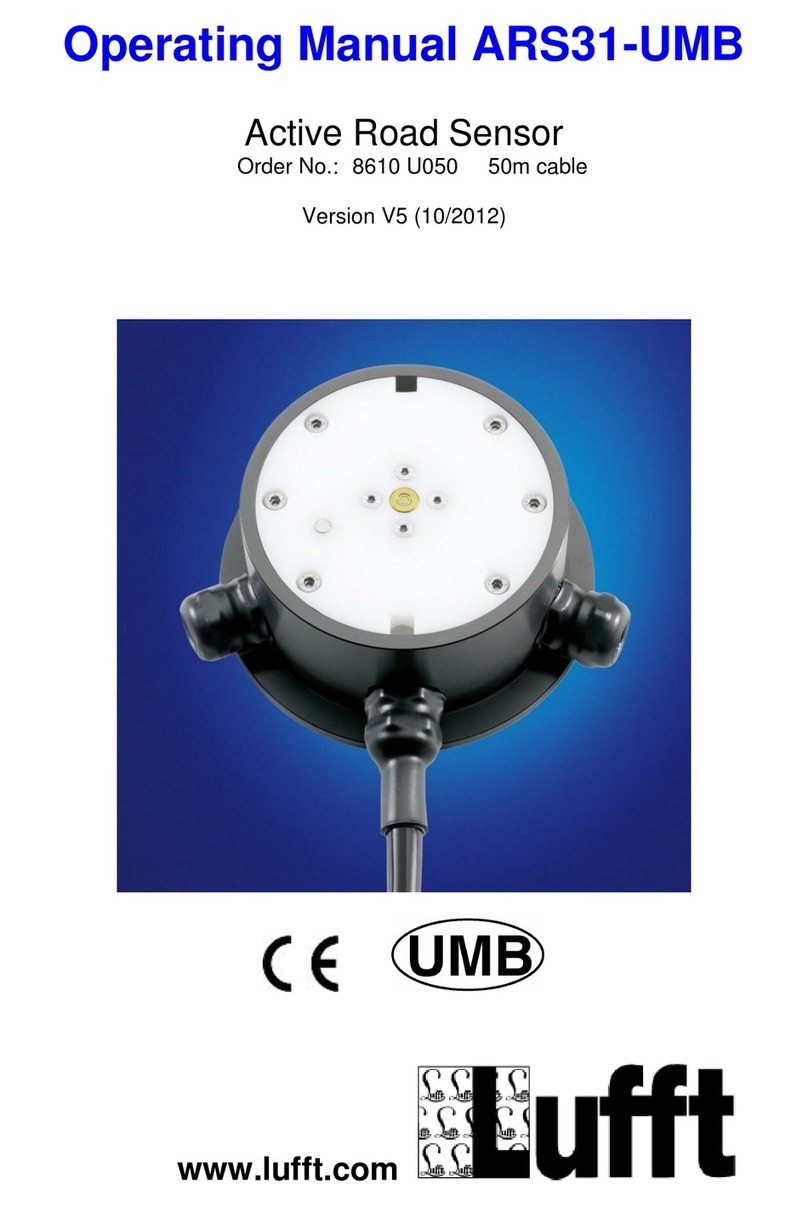User Manual VS2k-UMB / VS20k-UMB V 2.3 / 28.01.2020
2 Inhaltsverzeichnis
Inhaltsverzeichnis
1Read before use............................................................................................................. 4
1.1 Safety instructions................................................................................................... 4
1.2 Designated use....................................................................................................... 4
1.3 Guarantee............................................................................................................... 4
1.4 Incorrect use ........................................................................................................... 4
2Scope of delivery............................................................................................................ 5
3Part numbers.................................................................................................................. 5
3.1 VS2k-UMB / VS20k-UMB........................................................................................ 5
3.2 Accessories............................................................................................................. 5
3.3 Spare parts ............................................................................................................. 5
3.4 Additional documents and software......................................................................... 5
4Equipment description.................................................................................................... 6
4.1 Operation mode ...................................................................................................... 6
5Installation...................................................................................................................... 7
6Connections................................................................................................................... 8
6.1 Screw-in connector.................................................................................................. 8
6.2 Power supply........................................................................................................... 8
6.3 RS485 interface ...................................................................................................... 8
6.4 Current output......................................................................................................... 8
7Commissioning............................................................................................................... 9
8Configuration.................................................................................................................. 9
8.1 Factory settings....................................................................................................... 9
8.2 Configuration with PC software UMB Config Tool ................................................... 9
8.3 Firmware update..................................................................................................... 9
9Calibration / Adjustment ................................................................................................10
9.1 Preconditions .........................................................................................................10
10 Communication..........................................................................................................10
10.1 Binary-Protocol.......................................................................................................10
10.1.1 Framing...........................................................................................................10
10.1.2 Addressing with class and device ID...............................................................11
10.1.3 Examples for the formation of addresses ........................................................11
10.1.4 Example of a binary protocol request..............................................................11
10.1.5 CRC Calculation..............................................................................................12
10.2 ASCII Protocol........................................................................................................12
10.2.1 Composition....................................................................................................12

